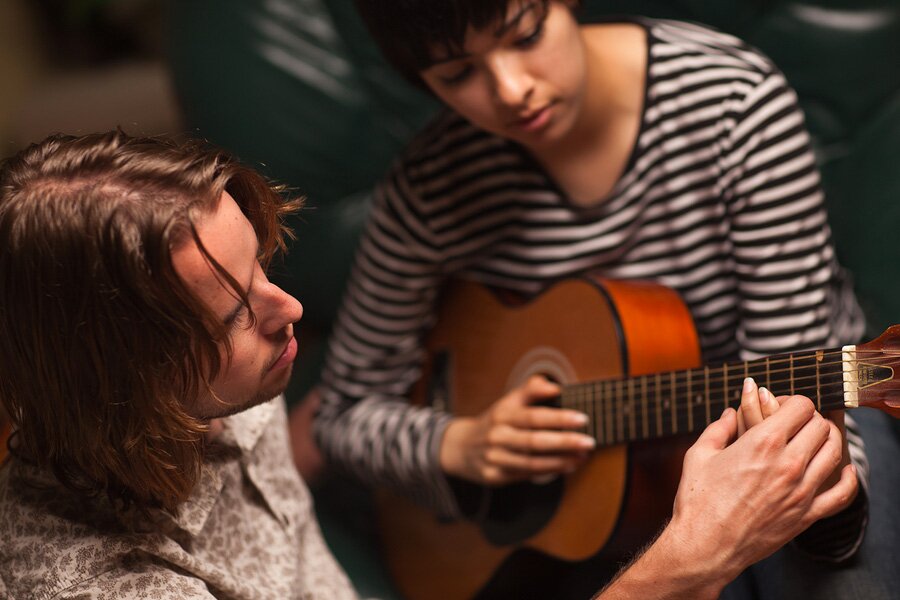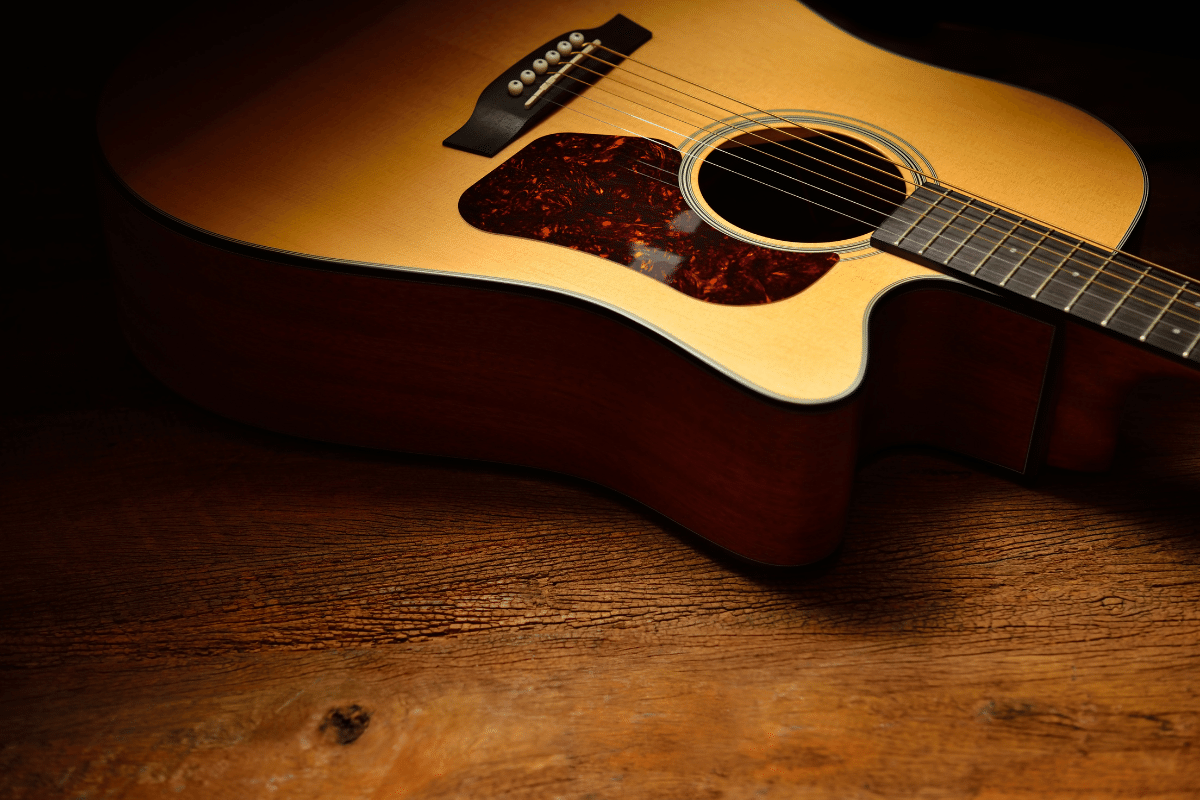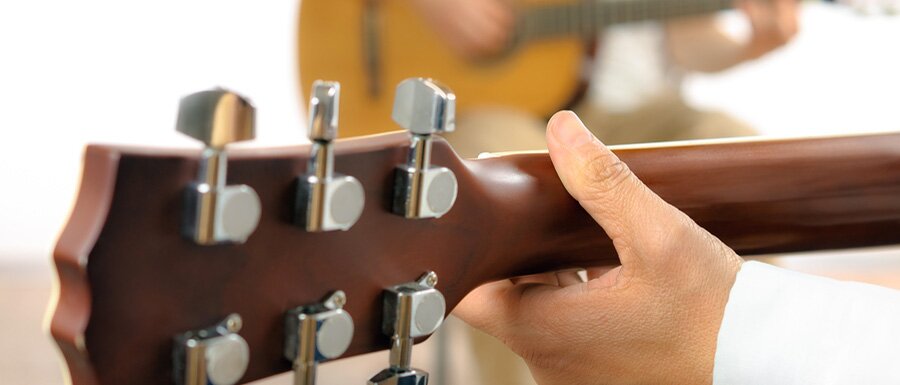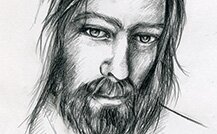The Origin of the Modern Guitar Its Development and Path
The guitar is a relatively modern instrument. As we know the guitar today, it has been around since the 19th century. But the origins of the guitar are much older and go back further into the past.

The first stringed instrument was the hunting bow or arrow bow: a string stretched on a wooden stick. Based on cave paintings, archaeologists know that hunting bows were used from about 10,000 BC toward the end of the Paleolithic period. (Jahnel 1996, p.14)
In the course of time, man combined the bow with a resonator to amplify the sound of the string. Depending on the regional supply, these could be turtle shells, gourds, bamboo, or coconuts.
The guitar as we know it is from the 19th century.
There are many ways to build a sound box
According to this, the first soundboxes were simple objects that were not specially worked for their task. From about 2000 BC, people in both the Near and Far East built instruments that consisted of a soundbox, strings, and a neck.
This basic principle is found in many variations in different cultures from East to West. Sometimes the neck is round, sometimes flat, long or short; sometimes has frets, or none. The top, in turn, can be made of wood, for example, or even animal skins.
Later, people came up with the idea of gluing wooden parts together to make a more resonant sounding body. These instruments were called lutes. They are characterized by a "...half-pear-shaped body [whose] shell consists of an odd number of parts (chips)." (Jahnel 1996, p. 25) The term lute does not refer to volume, as one might assume, but rather derives from the Arabic word "Al'ud" or "El Oud." This means "the wood" or "wooden", that is, an object made of wood. 
The way of the guitar into the 20th century
Via Spain to Europe
In the course of the Arab expansion in the early Middle Ages, the lute spread via Egypt and North Africa to Spain. Whereby one cannot exactly determine that the Arabian lute is the direct ancestor of the modern guitar. Rather, different influences, which also led to the violin, for example, seem to have contributed to the development of the guitar.
The Renaissance
During the Renaissance, however, the lute changed greatly and became more popular in Europe. Previously, the strings were tied from plant materials. Now, cords of gut or similar strong material were tied around the neck at the proper spacing. When guitar music became more chordal in the Baroque period, only the guitarra was able to make the necessary structural adjustments. The guitarra gave rise to the guitar lute, which could feature the stringing that had been introduced in the meantime, with single strings instead of choirs. This guitar could now be increasingly found in the centers of guitar making (Vienna, Paris and London).
Antonio de Torres - father of the modern guitar
Already in the age of romanticism some developments led back to Spain. Antonio de Torres (1817 - 1892) developed the guitar as we know it today. He built the body much larger and with thinner wood than his predecessors. He also found a new method for a better sound: bracing on the inside of the top. Torres developed a five- to seven-fan system, arranged symmetrically. The Torres guitar remains the foundation of any classical concert guitar to this day.
Have you ever thought about playing guitar or are you already playing? Then it's up to you to continue writing the history of the guitar. Then read our material about the best applications for learning the guitar.




























Leave a Comment